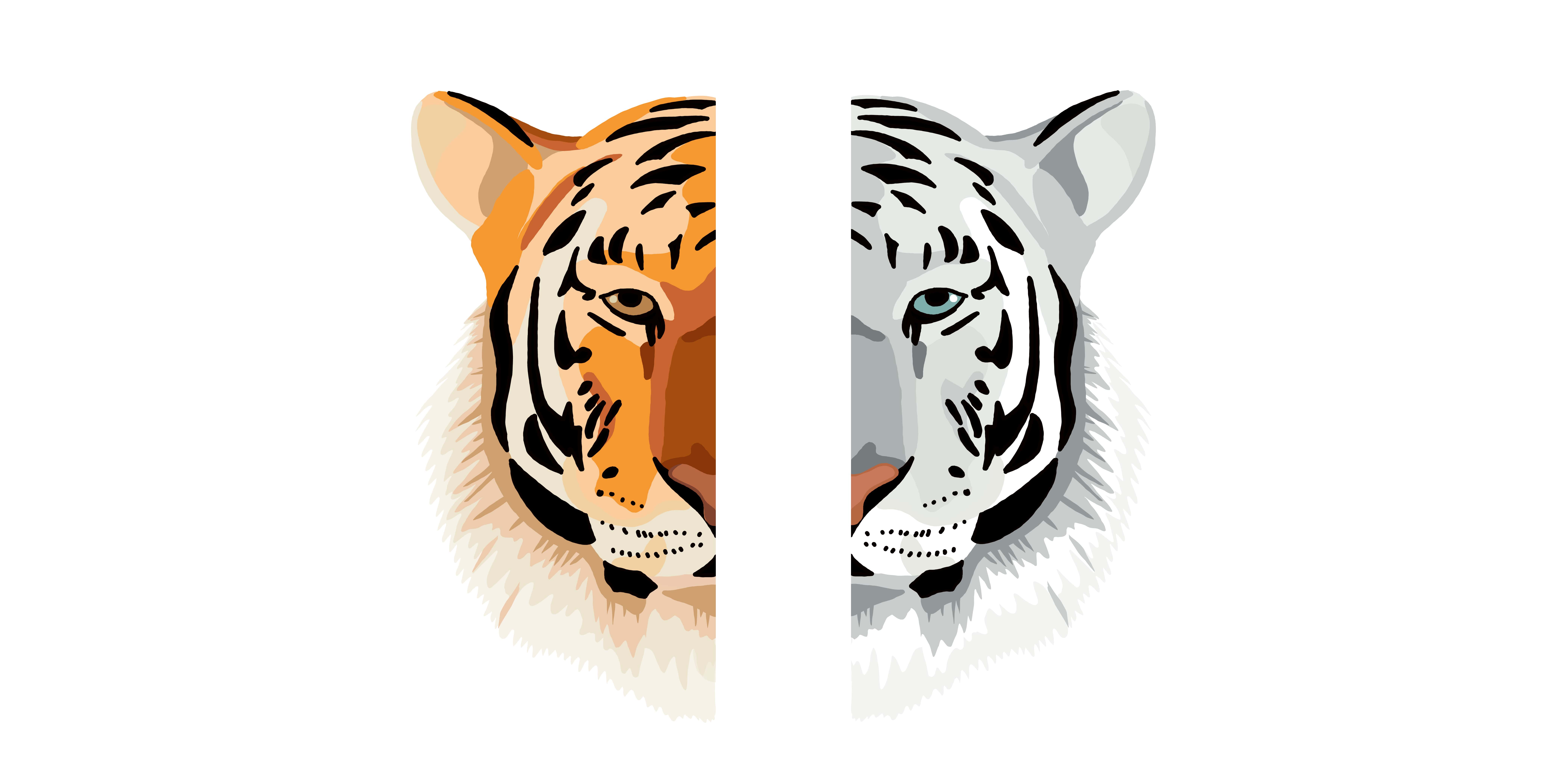On Symmetry & Asymmetry
Why does the universe seem to prefer symmetrical patterns? Learn how understanding this is the key to building Efficiently.
Reading Time: 3 minutes

The universe seems to prefer symmetrical patterns. Every time an organism spawns, it retrieves information from its genetic material. Hence, wherever possible, nature tries to replicate its processes to save the extra effort to evolve a part differently and then also store its information for the progeny.
Our bodies may look symmetric externally but several of our internal organs are asymmetric. So, it might seem that symmetry is the result of an arrangement and not a requirement. But, external symmetry is necessary. Sensory organs, bones, wings, limbs, etc. if unevenly placed will make living impossible. Imagine a horse with the rear feet misaligned, a bird which weighs more on its left or a shark with only one pectoral fin on its right! So:
“Symmetry is vital in the right context. It is not the result, but the means to an end”
Exterior Asymmetry in organisms is rare, but it does occur despite a billion years of evolution. The Flatfish is born perfectly symmetrical, but due to its trait of lying on the seabed where it often rests on one side (which gives it the name), one of its eye on the side facing the seabed slowly moves and the fish's skull undergoes reformation to bring it to the other side. The Fiddler crab has one excessively large claw to fight off other males while the Narwhal, a mammal unlike the other two examples, has one long unicorn-like tusk usually on the left side of its jaw which it uses to detect and stun its prey.
The greatest structures ever built like the Pyramids, Taj Mahal or Pantheon are symmetric. Symmetry can drastically reduce the amount of time and effort required for execution and make the structure look balanced and harmonious simultaneously. But many iconic structures like the Potala Palace and La Sagrada Familia are asymmetric! Asymmetry is useful when building within site constraints and offers the possibility of adding varying elements of interest.
While designing, given the nature of the building and the site, it is important to first consider the constraints and then the required functions. Later in the process, the former works as a filter to deduce whether asymmetry offers a better solution. Often, symmetry brings a better offering. Next, we will discuss Eccentricity in the context of the universal willingness to stand out in a crowd.


